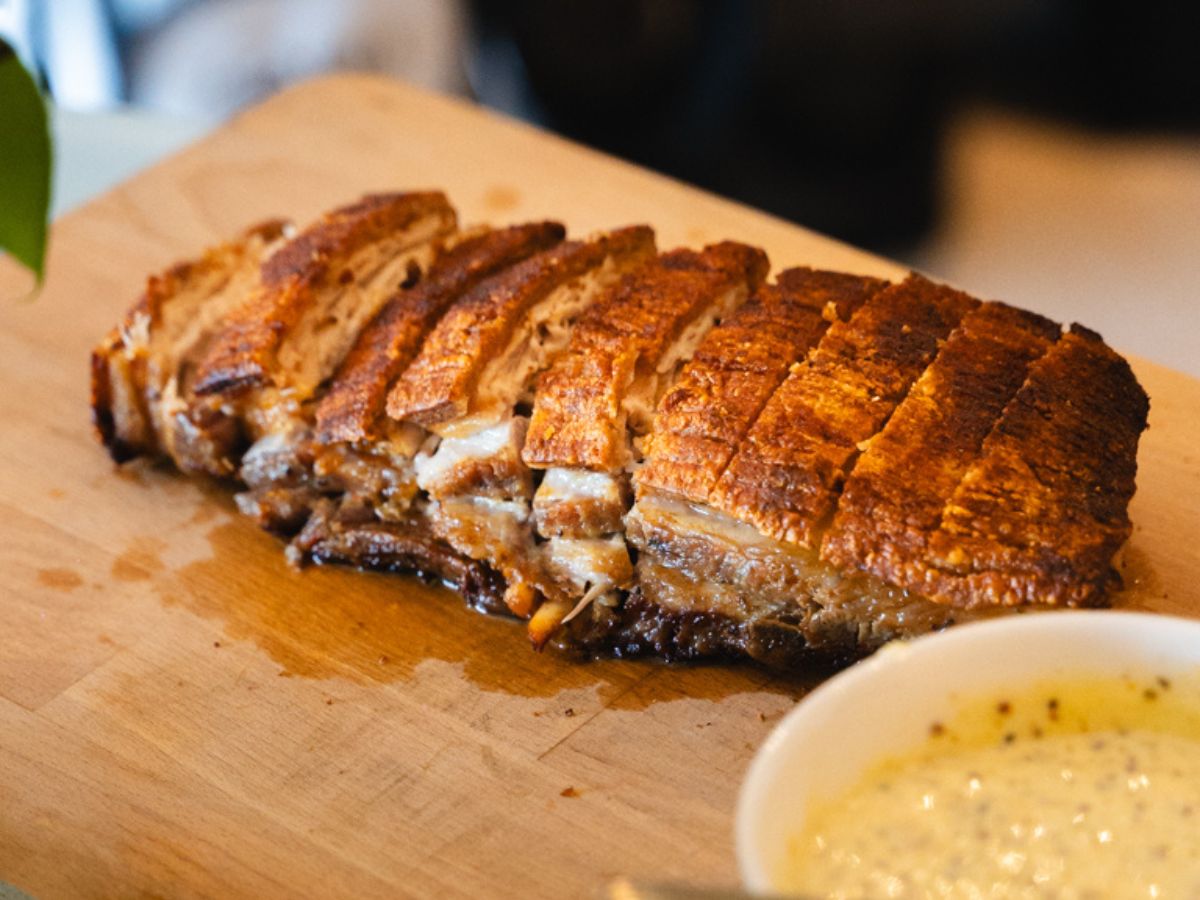How to Make: Roast pork — a secret recipe for extra crunch from spin instructor-turned-home cook
How to Make is a new HungryGoWhere series spotlighting popular foods in Singapore and the work that goes into making them.
The allure of roast pork is indubitably understood by cultures around the world.
After all, variations of the decadently crunchy dish can be found at all corners, ranging from the most ostentatious French restaurants to the most charming Filipino eateries.
Roast pork in Singapore is probably more familiarly known by its dialectal translation — “sio bak” in Hokkien or “siew yoke” in Cantonese — and is an ubiquitous feature in our hawker centres.

Many of us have grown up eating roast pork in Singapore but amazingly crispy renditions have gotten increasingly hard to find, especially with an insidiously vanishing focus on charcoal roast.
However, it’s not impossible to get a satisfyingly crunchy roast pork at home. In fact, the great Circuit Breaker home-cooking phenomena has shown us that there’s keen interest in the dish.

That’s even with limitations in your home setup — you just need a little effort and love. And that’s exactly what 28-year-old Brian Yeo did.
The professional spin instructor had decided to embark on a journey to develop the crunchiest roast pork possible at home and now runs BelleyPig, a home-based business selling his creation.
How BelleyPig began
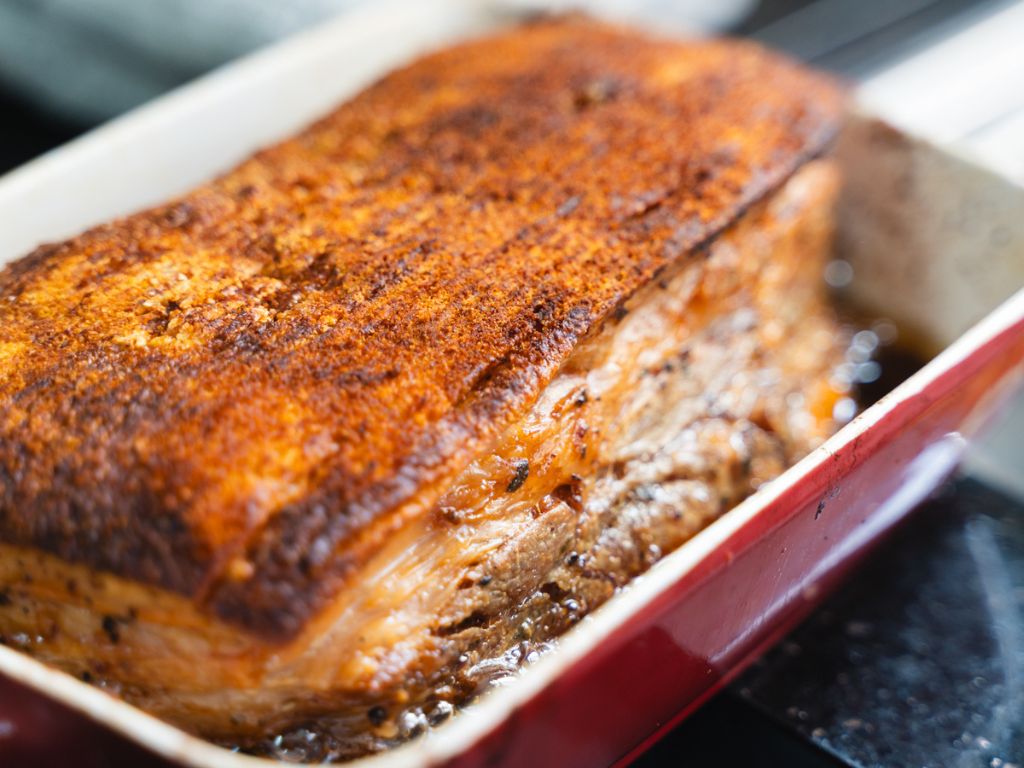
It might strike some as a weird combination: A spin instructor making roast pork, one of the most sinful dishes out there?
If you’re the type to worry too much over your calories, the spin instructor had this to say: “Don’t worry too much about the fats, (you can eat) everything in moderation!”
Yes, quite surprisingly, he estimates that his spin students actually make up a good chunk of his customer base. Often, he brings his signature dish to potluck parties — something that has been very well-received.
Ultimately though, the impetus behind setting up this home-based business is very simple: It’s driven by Brian’s unadulterated love for roast pork.

“I love to cook and roast pork happens to be my all-time favourite food,” he says, regarding the origin of BelleyPig.
So far, reception has been good and Brian has enjoyed the praise BelleyPig’s roast pork has received — some from professional chefs and some from elderly Singaporeans who have had their fair share of sio bak.
However, he’s not quite set on any future plans for his business.
Says Yeo: “I’m not someone who believes in super long-term plans. But it started out as a hobby and I hope it stays my hobby. From there, maybe it could become something I make a living off? We’ll see where it takes me.”
Being such a fan of roasted pork, he was always on the hunt for the best. That obsession turned into him spending the last two years experimenting with his own recipe and trying out different cooking methods.
Many of us in Singapore conflate the dish with the five-spice-heavy ones, but there are many ways to whip up the dish, with similarities found across different cultures. For example, BelleyPig’s recipe leans more towards the Western style.
“I like a lot of European cuisine — such as Italian and Spanish — hence a lot of my roast pork recipe is influenced by them and not completely based on the classic sio bak recipe locals are familiar with,” he says.
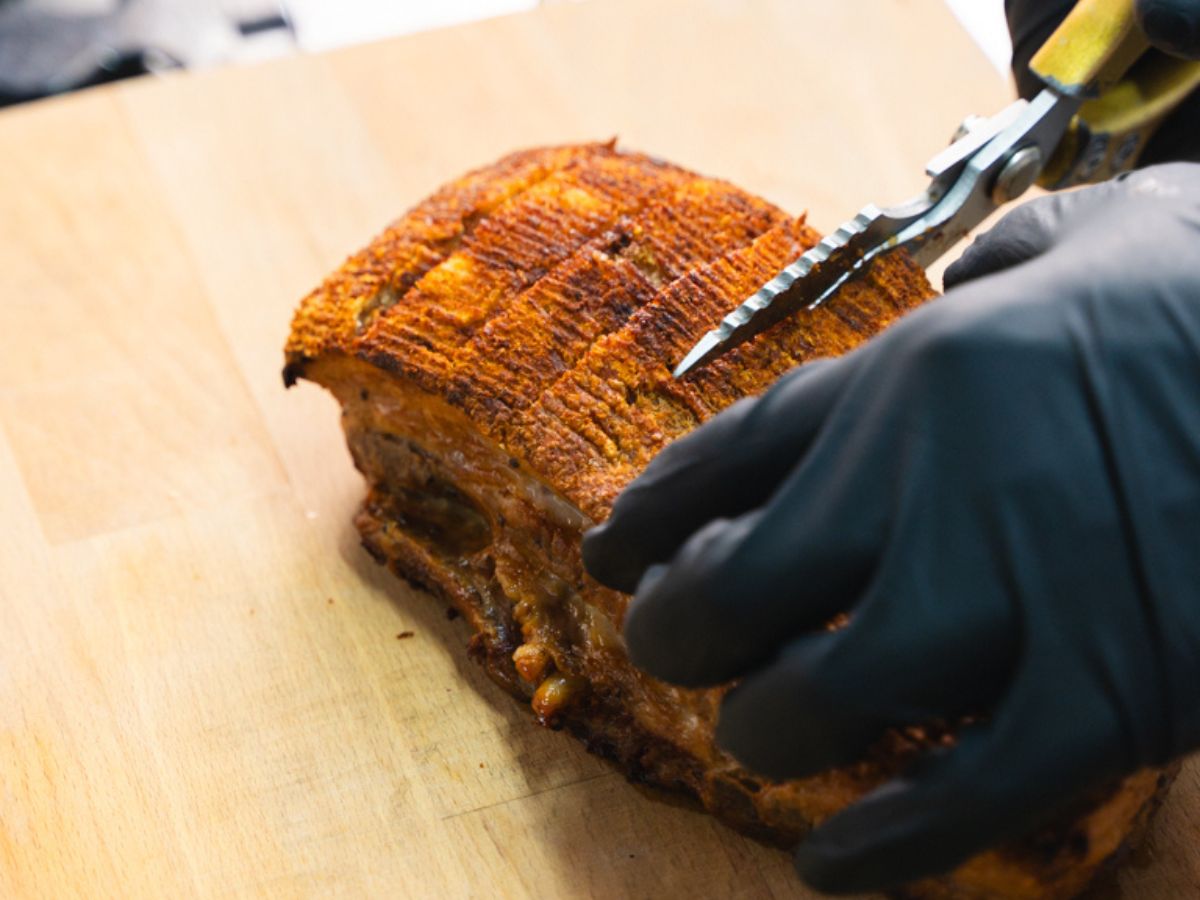
In fact, he had personally reached out to one of the chefs at the popular casual-Italian outfit at Hillview, Io Italian Osteria, who was happy to share.
The restaurant is known for its porchetta, which also happens to be his all-time favourite rendition of roast pork.
He’s not the biggest fan of five-spice, so he set out to find a substitute that would satisfy his palate. Realising the need for potent flavours, he eventually landed on a medley of spices and herbs, such as thyme and rosemary.
How to make roast pork
Step 1: Prep ingredients
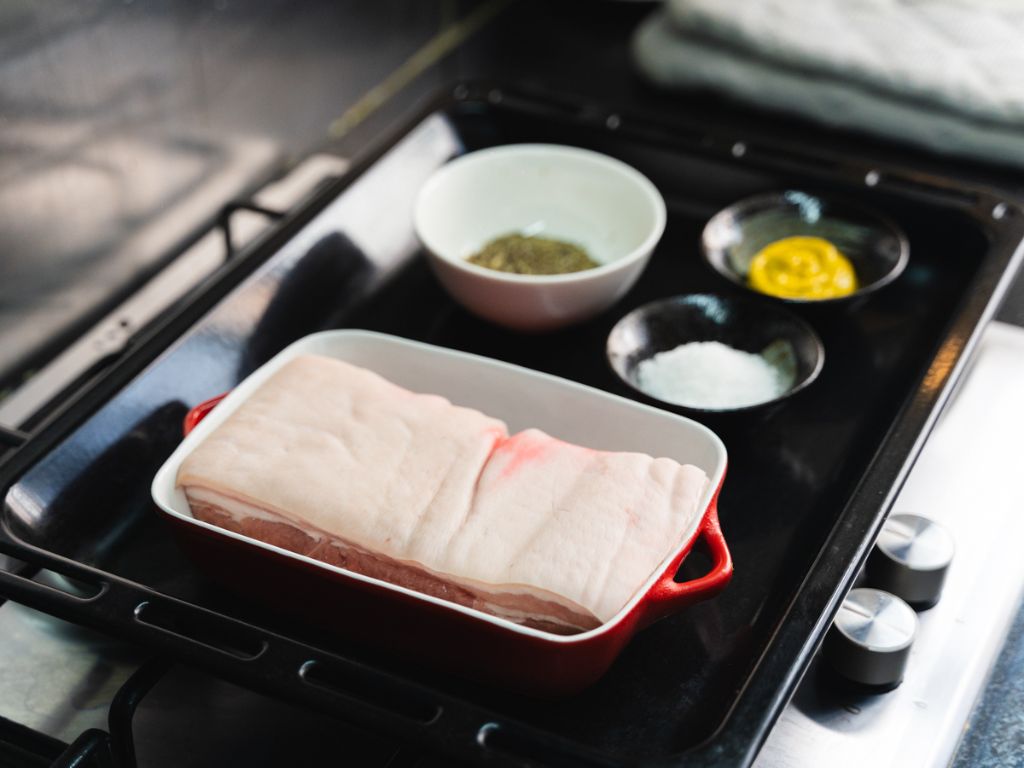
Prepare a slab of pork belly inside a pan suitable for oven heat, as well as seasoning — chiefly salt, yellow mustard, vinegar, and a special spice mix for BelleyPig’s recipe.
Step 2: Tenderise the meat
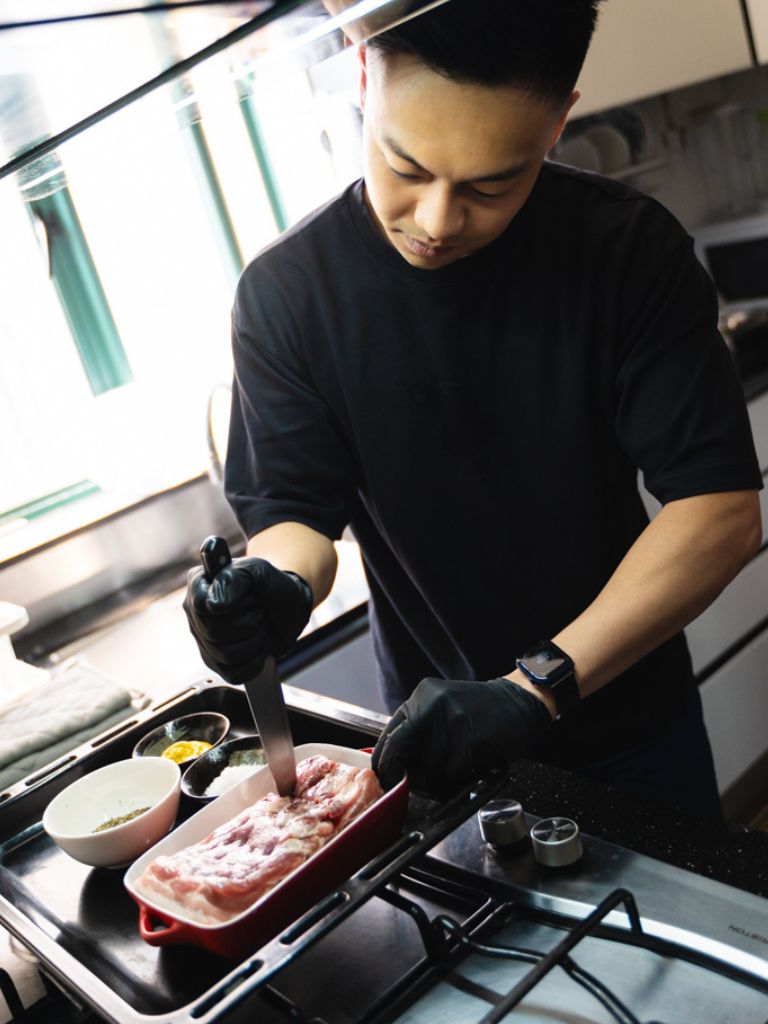
Pat the pork belly dry with paper towels, then flip it over and tenderise the pork with a meat tenderiser. You can also stab the meat aggressively with a knife (like Brian does).
Step 3: Season the meat
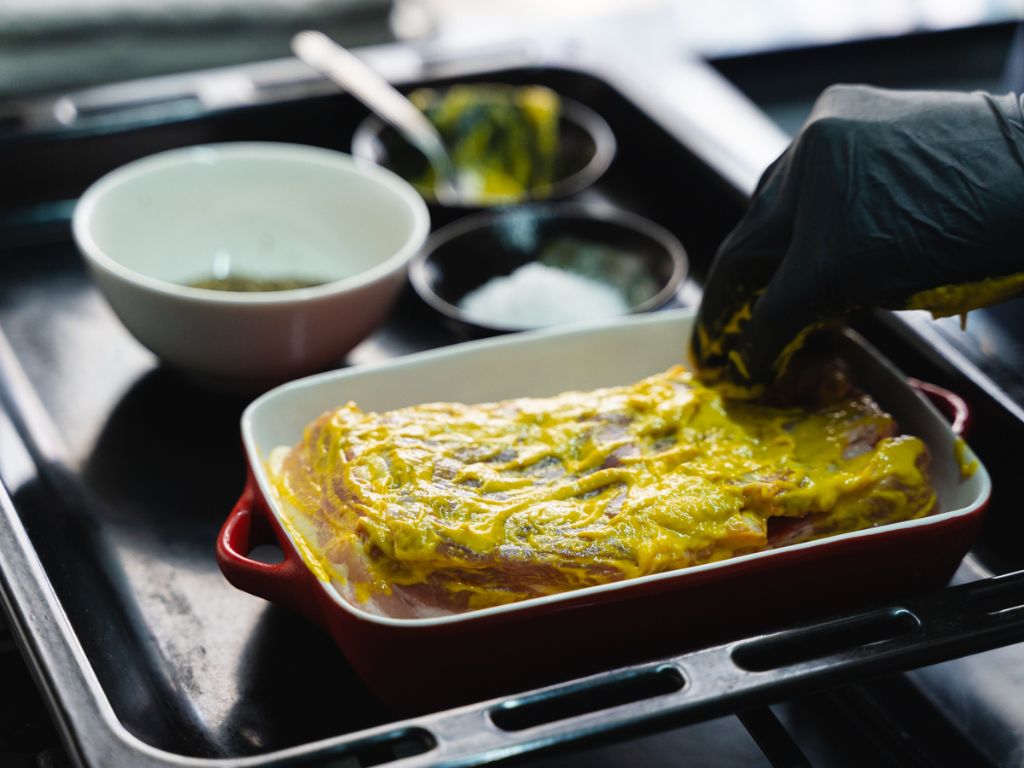
Slather mustard all over the underside of the pork belly, then sprinkle the spice mix on top of the mustard layer, making sure it’s evenly coated. Poke some of the spice and mustard mix into the knife holes to let some of it seep into the meat.
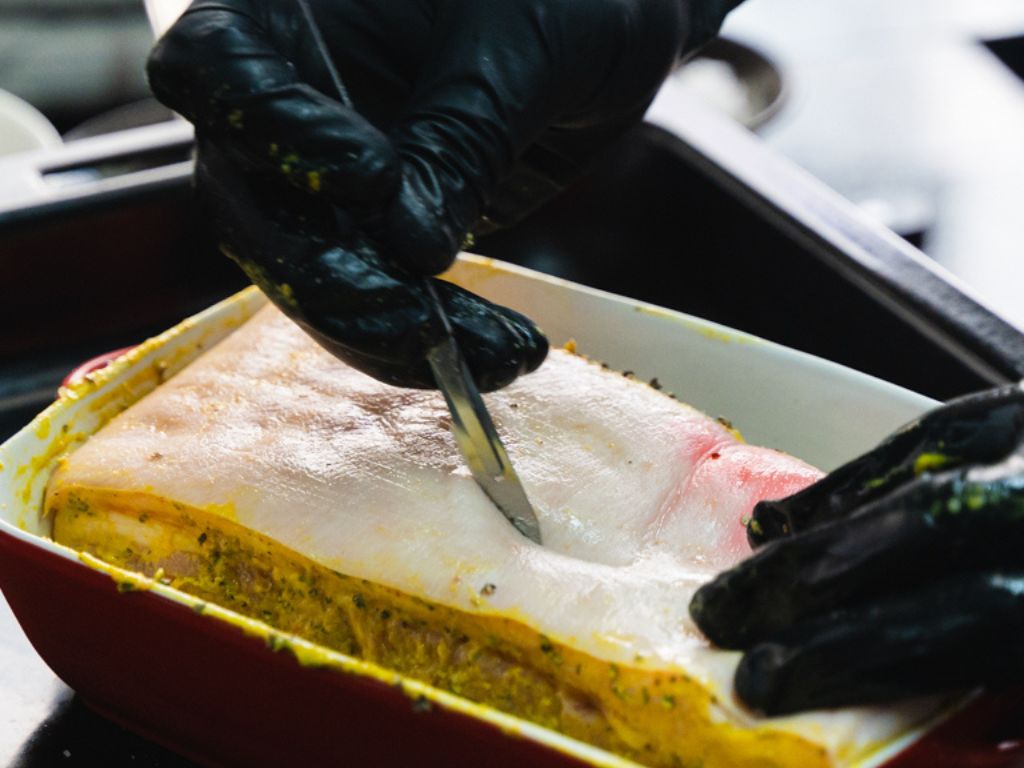
You can further score the top of the pork belly, where the skin is, with a knife for more airiness. Brian uses a secret weapon unique to him — a surgical scalpel to create micro slits that are at the skin layer and not too deep.
Step 4: Cook it
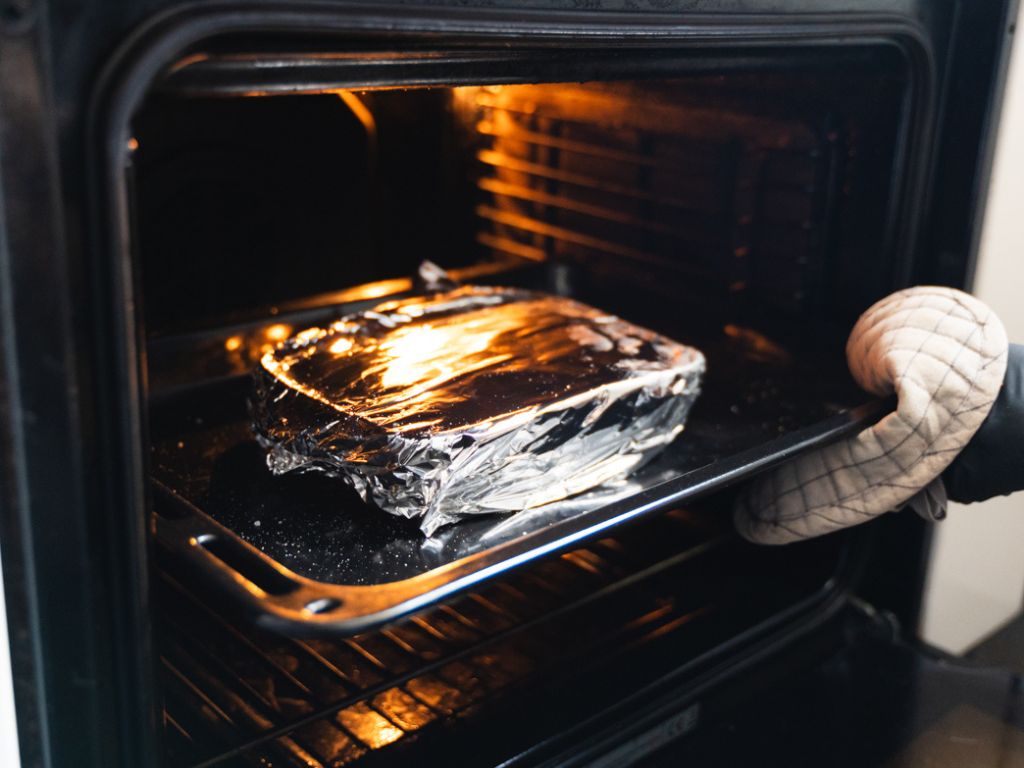
Wrap the pork tightly with baking paper, cover the pan with foil and then, put the pan into the oven for two hours.
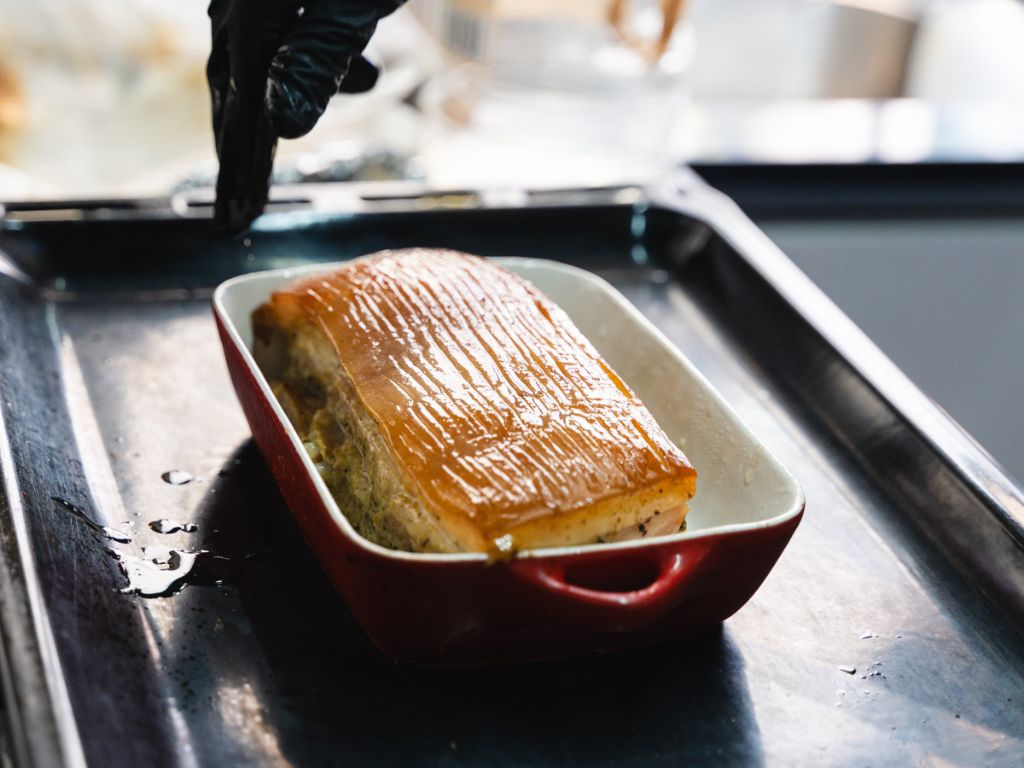
Unwrap and let it rest for about 30 minutes before adding a thin layer of white vinegar and neutral oil. Next, put it back into the oven — unwrapped — for around 45 minutes to one hour.
Step 5: Take it out and enjoy
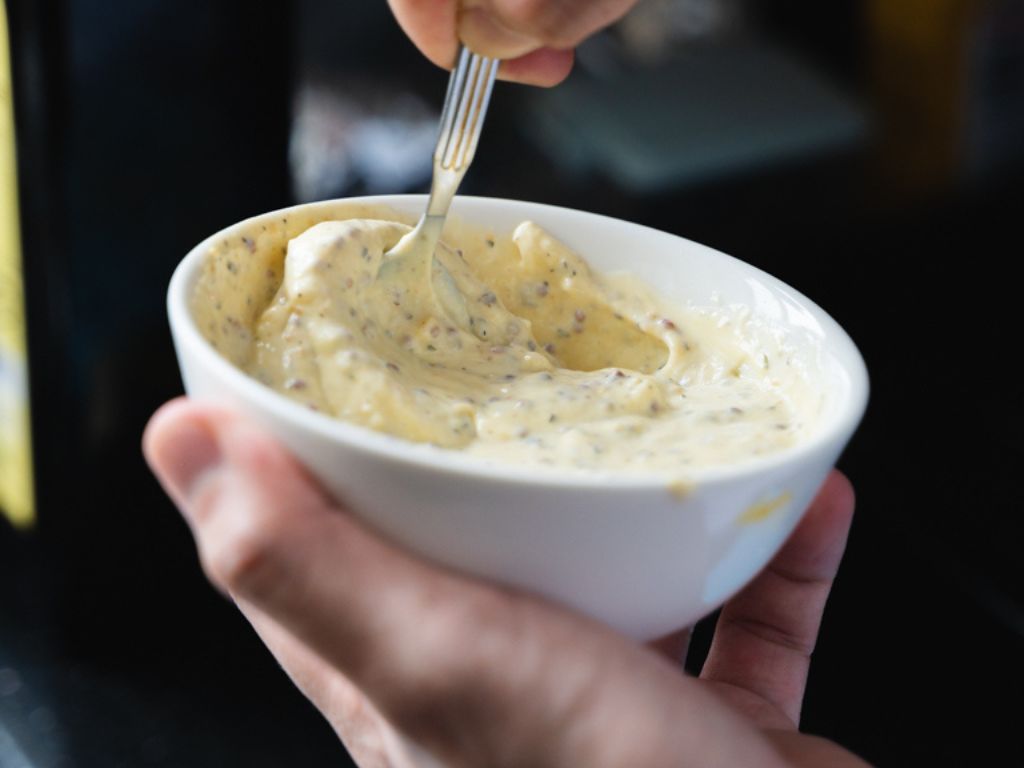
Take it out, let it rest for around 30 minutes, then you can cut into your fresh roast pork and enjoy.
You can also cook up your own sauce for dipping and adding a splash of contrast to cut through the flavours. BelleyPig uses mustard and mayo among other ingredients.
For more ideas on what to eat, read our stories on the best food Geylang has to offer and what to expect at Tim Hortons, the hyped new donut joint from Canada.
Do explore the new GrabFood Dine-in service for awesome deals.
You can also book a ride to your nearest hawker centre if reading this feature made you crave roast meat!
